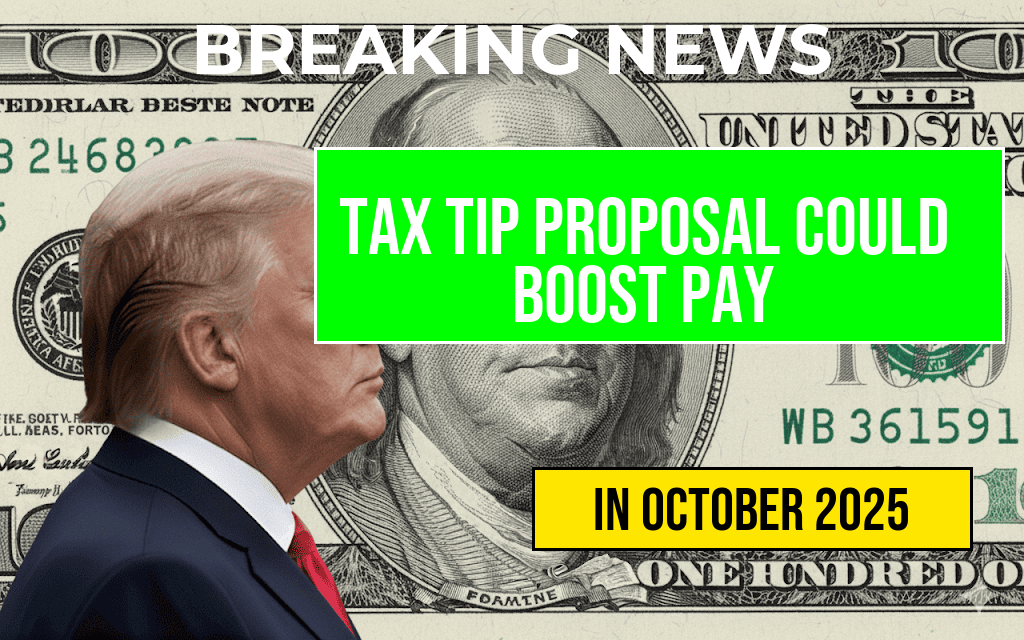Understanding How State Co-Pay Plans Can Impact SNAP Benefits for Two Adults
A typical SNAP (Supplemental Nutrition Assistance Program) benefit for a household of two adults averages around $546 per month, based on federal guidelines and income criteria. However, recent changes in some states’ co-pay plans could reduce this amount by over $50 monthly, significantly affecting household food security. While SNAP aims to support low-income families, the introduction of co-pay requirements for certain health or assistance programs can inadvertently diminish overall benefits. This shift raises questions about the balance between state-funded co-pay plans and federal food assistance, especially as economic pressures grow and more households rely on these programs to meet basic needs.
Understanding how these co-pay plans interact with SNAP benefits requires a closer look at the eligibility rules, the structure of state co-pay programs, and the potential financial strain on households already operating on tight margins. As states attempt to rein in healthcare costs or streamline social services, some policies may unintentionally reduce the net support available to vulnerable populations.
How SNAP Benefits Are Calculated for Two Adults
For a household consisting of two adults with low income, SNAP benefits are determined based on several factors, including income, household size, and allowable deductions. The federal government sets maximum allotments, which vary by household size; for two adults, the average monthly benefit hovers around $546. This amount is designed to cover a significant portion of food expenses, but it does not account for additional costs such as healthcare co-pays that may be mandated at the state level.
The USDA’s Food and Nutrition Service provides guidelines for calculating benefits, but states have some discretion in implementing rules that can either increase or decrease the final benefit. When a household qualifies for additional assistance through state co-pay plans—often linked to Medicaid or other health programs—those costs can sometimes be deducted from the SNAP benefit, leading to reductions.
State Co-Pay Plans and Their Impact on Benefits
Many states have introduced co-pay plans as a means to encourage responsible healthcare utilization and reduce Medicaid costs. These plans typically require enrollees to pay a small fee for certain services or prescription drugs. While these co-pays are often modest, they can add up, especially for low-income households managing tight budgets.
Some states have policies where co-pay amounts are deducted directly from SNAP benefits, effectively reducing the household’s available funds for food. For example, a household receiving $546 in SNAP benefits might see a deduction of more than $50 if they are enrolled in a co-pay plan that applies monthly fees or co-insurance charges. This reduction can create a ripple effect, forcing families to make difficult choices between paying for healthcare, utilities, or nutritious food.
A recent analysis suggests that in certain jurisdictions, these co-pay deductions have resulted in SNAP benefit reductions exceeding $50 per month for some households—an impact that can contribute to food insecurity and increased reliance on emergency assistance.
Policy Implications and Household Challenges
The intersection of SNAP benefits and state co-pay plans highlights a broader policy challenge: balancing cost containment with the goal of reducing hardship among low-income populations. While co-pay strategies aim to promote responsible healthcare use and reduce unnecessary medical expenses, they can inadvertently undermine the very assistance programs meant to alleviate hardship.
For households already operating on minimal budgets, losing over $50 in SNAP benefits each month can mean the difference between meeting basic nutritional needs and experiencing hunger. This situation is especially concerning given the rising costs of food and healthcare across much of the country.
Furthermore, these reductions may disproportionately impact vulnerable populations, including seniors, disabled individuals, and working-eligible adults who rely heavily on SNAP for sustenance.
Resources and Further Information
Summary of Potential Benefit Reductions
| Household Size | Average SNAP Benefit | Typical Co-Pay Deduction | Net Benefit After Deduction |
|---|---|---|---|
| 2 Adults | $546 | $50 | $496 |
| 2 Adults (Higher Co-Pay) | $546 | $100 | $446 |
The financial interplay between state co-pay plans and SNAP benefits underscores the importance of policy transparency and targeted support. As discussions around social safety net reforms continue, stakeholders emphasize the need to protect vulnerable households from unintended benefit erosion, ensuring that assistance programs work cohesively to meet the fundamental needs of low-income Americans.
Frequently Asked Questions
What is the current SNAP benefit amount for two adults?
The SNAP benefit for two adults is currently $546.
How can State Co-Pay Plans affect my SNAP benefits?
State Co-Pay Plans can potentially reduce your SNAP benefits by over $50, decreasing the total amount you receive.
Why do State Co-Pay Plans reduce SNAP benefits?
State Co-Pay Plans are designed to encourage participation in additional health or assistance programs, which may lead to a reduction in SNAP benefits as part of eligibility adjustments.
Who should consider the impact of Co-Pay Plans on their SNAP benefits?
Individuals and families relying on SNAP benefits should evaluate how enrolling in State Co-Pay Plans might affect their overall assistance and plan accordingly.
What steps can I take to maximize my SNAP benefits?
To maximize your SNAP benefits, consider consulting with local assistance programs or financial advisors to understand how Co-Pay Plans may impact your benefits and explore all available options.









